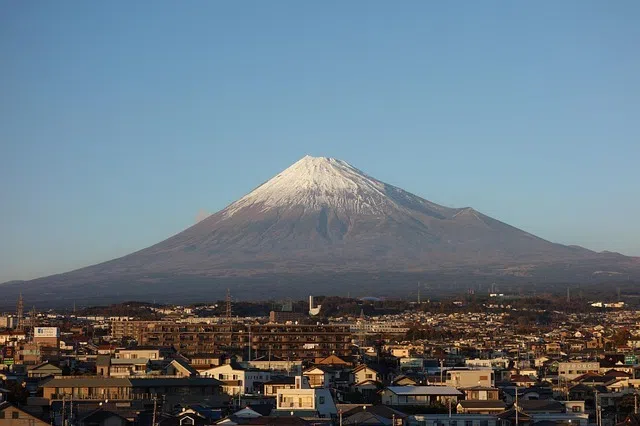Japan’s Mount Fuji sees drop in stranded climbers after tougher rules set
Sign up now: Get insights on Asia's fast-moving developments

From July through September, just 36 people required assistance, sharply down from the 64 people in the 2024 season.
PHOTO: PIXABAY
Follow topic:
TOKYO - The number of people getting stranded on Mount Fuji in Japan while climbing from the Shizuoka Prefecture side fell 44 per cent from 2024, with no deaths reported, after stricter rules were introduced, according to local police.
While the total number of climbers using the prefecture’s Fuji trails in the 2025 season from July through September remained high at around 84,000, just 36 people required assistance, sharply down from the 64 people in the 2024 season, of whom six died, they said.
Japan’s highest mountain south-west of Tokyo had until recently been plagued by hiker-related problems, including people engaging in overnight “bullet climbing” to reach the 3,776m peak without sleeping in a trailside hut.
There were also issues with climbers bringing minimal equipment or dressing too casually
As part of efforts to prevent people from climbing recklessly, the prefecture doubled the entrance fee to 4,000 yen (S$34) in 2025 and barred people from entering trails between 2pm and 3am unless they had reserved a mountain lodge.
The same measures have been applied by Yamanashi Prefecture, which has one of the four climbing routes for Mount Fuji, with the rest starting in Shizuoka Prefecture. The Yamanashi side has also seen a significant drop in mountain rescue cases since introducing the measures in 2024.
But with the measures taken only during the climbing season, accidents have been reported outside of it.
Such accidents involve foreign tourists visiting in the closed season with no opportunity to climb the mountain when it is open, and locals making impulsive decisions to scale the peak, according to local authorities.
Three Japanese men in their 30s to 50s were found dead near the crater in June 2024, while a US national in his 60s was rescued after suffering hypothermia in 2025 while the mountain was closed.
In April, a male Chinese university student was rescued from the mountain by helicopter after falling ill near the summit and was rescued again four days later

